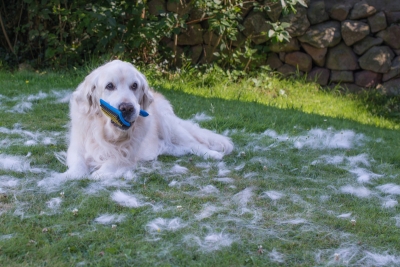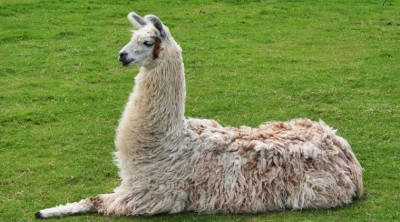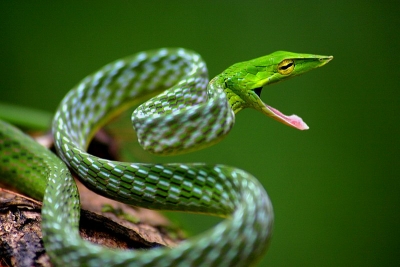
Pets have always been special to us. A dog is great company, a cat is a precious little bundle, a parrot is a delight, an alligator is a… well, an interesting companion, a bear… probably is unusual! Let’s look at the pets owned by famous personalities in history!
A very important horse
Roman emperor Caligula had a bad reputation for cruelty, but even he had a soft spot for his pet – a horse. So special was
his horse, named Incitatus, that it got to live in a marble shed, drink from a golden bucket, wear a jewelled collar and have gold flakes mixed with its oats! Caligula didn’t stop there – he gave his pet a saddle with a red border. What’s the big deal? It turns out that only the ministers of his court wore a robe with a red border, so Incitatus was promoted as a senior official!
An alligator in the White House
When President Quincy Adams was gifted an alligator by the French aristocrat Marquis de Lafayette, he took a quick decision regarding the reptile’s living arrangements: it would live in a bathtub inside the East Room bathroom of the White House. Unsuspecting guests who entered the bathroom were in for a horrifying shock and fainting fits!
Too fond of dogs
Muhammad Mahabat Khan III, an Indian maharaja, loved dogs. Nothing strange because many people love dogs, right? But he loved them so much that he had nearly 800 dogs! Each dog had its own room, complete with a telephone (though how a dog would use it is not clear) and a personal attendant. Marriages between his dogs were grand affairs and he even invited the British viceroy at the time to attend one such event!
A wise friend from the sea
The French poet, Gérard de Nerval, rescued a lobster and adopted it as a pet, fondly naming it Thibault. He would take Thibault for a walk with an elegant blue ribbon as its leash. When people argued that it was crazy to have a lobster, Nerval calmly explained the pluses of having a crustacean as a pet: it was calm, serious, didn’t bark and knew the secrets of the sea.
An artistic pet
Salvador Dali was famous for his unique moustache, his surreal paintings and his bizarre choice of pet – an ocelot. Babou went with him everywhere, proudly flashing its special studded collar. This included a journey on a luxury cruise and even a visit to a restaurant in Manhattan, much to the alarm of other diners.
No dogs allowed? How about a bear!
Lord Byron, the famous poet, was well-known for his eccentricities. When he enrolled in Trinity College in Cambridge, dogs were forbidden as pets on the campus. So Byron kept a tame bear instead! This flummoxed the college authorities, but Byron had a solid defence. For nowhere in the rulebook was it mentioned “no bears allowed”, was it? Apparently, nobody could legally expel the bear and it stayed on while Byron studied there.
A pet-plus messenger
Much before the serial Game of Thrones made ravens cool, the 12th dynasty pharaoh, Amenemhat II, thought ravens were awesome and he had a pet raven he loved dearly. But this was a special raven that also served the pharaoh faithfully as a messenger. It was apparently the swiftest of messengers, well aware of where to deliver its messages and where to pause on its way back. So fond was he of his pet that Amenemhat II had a tomb built for his loyal raven.
Picture Credit : Google






